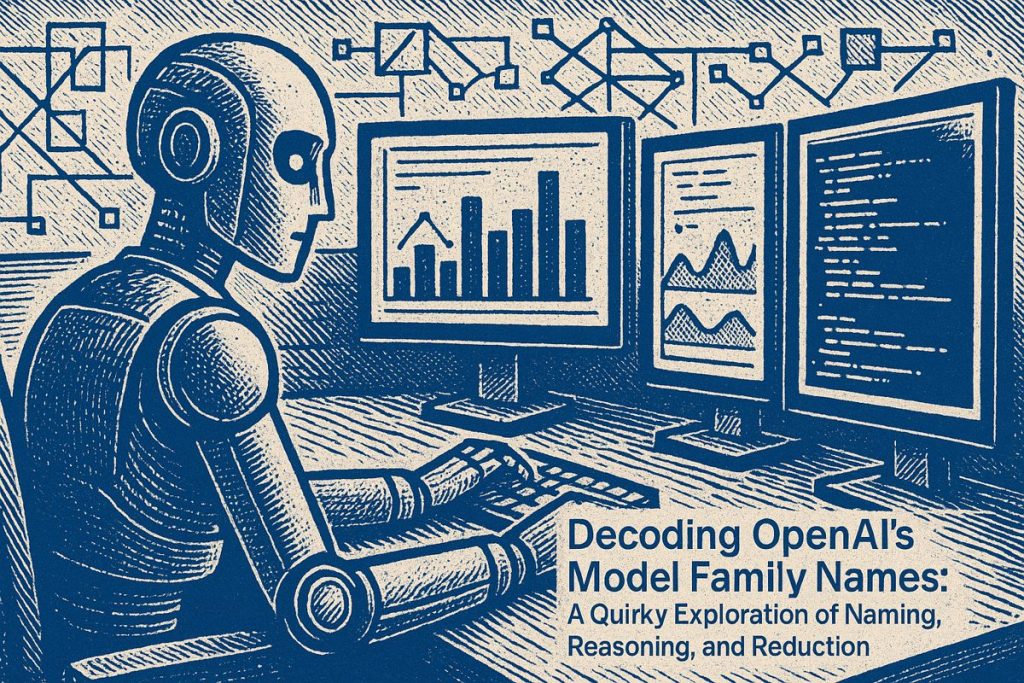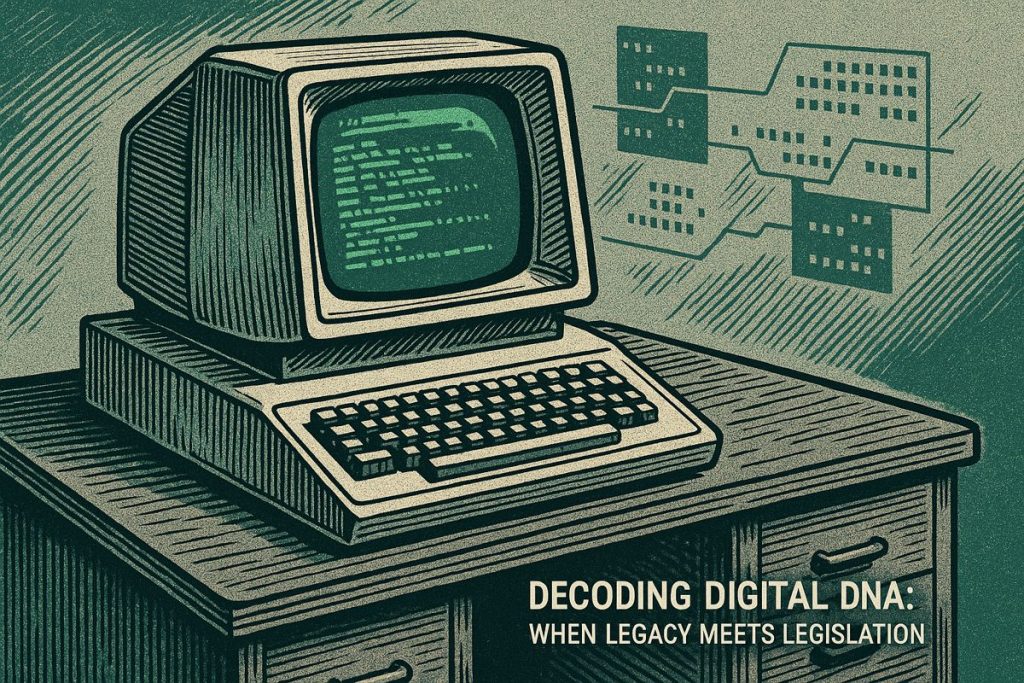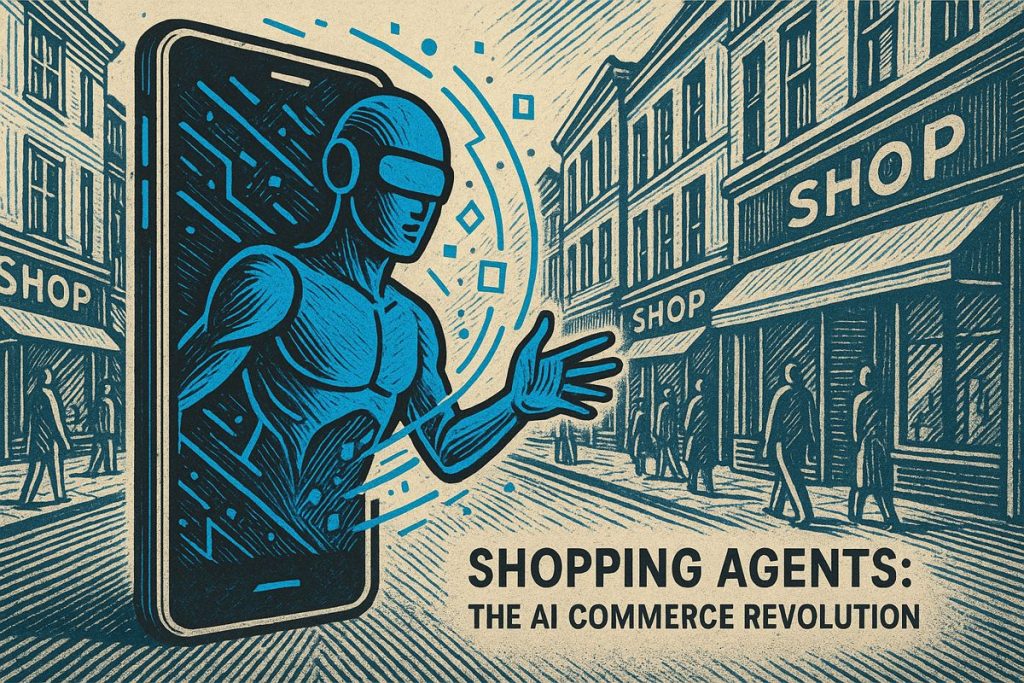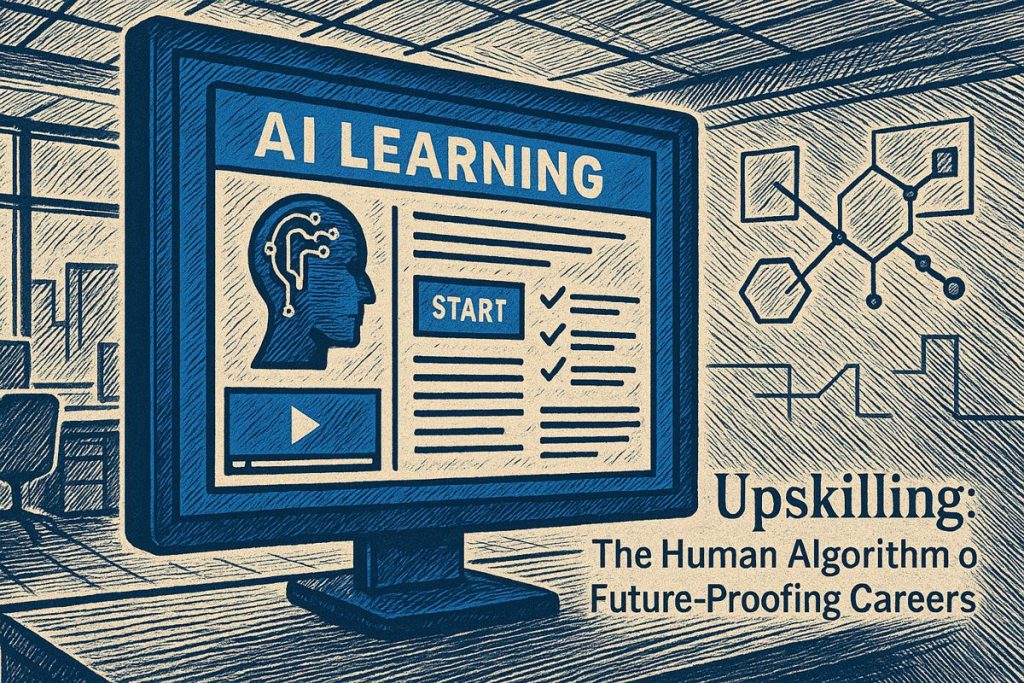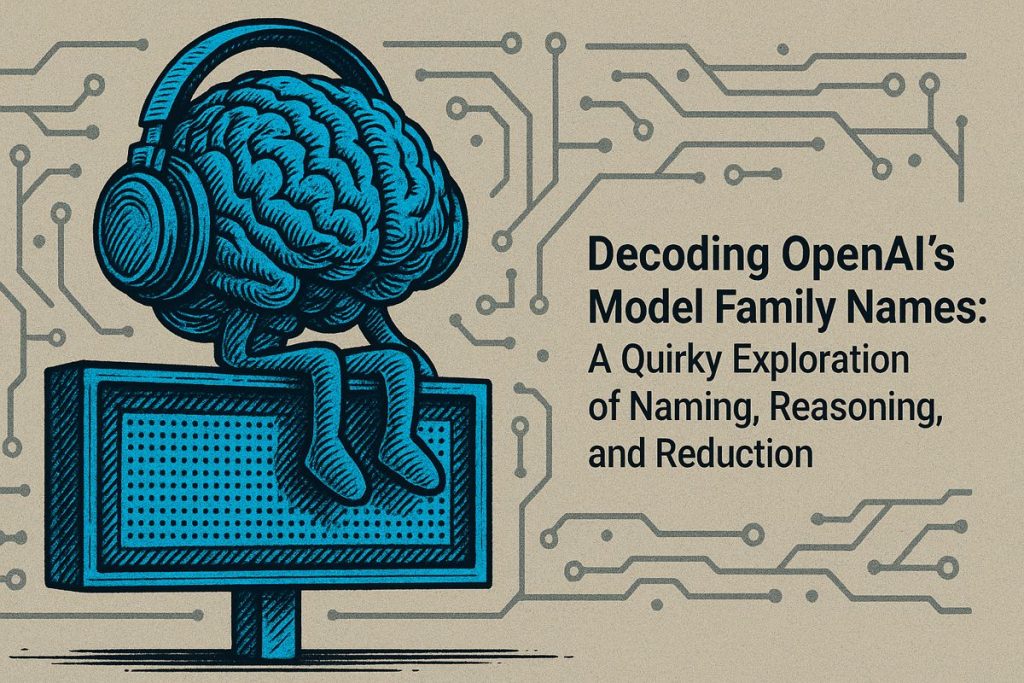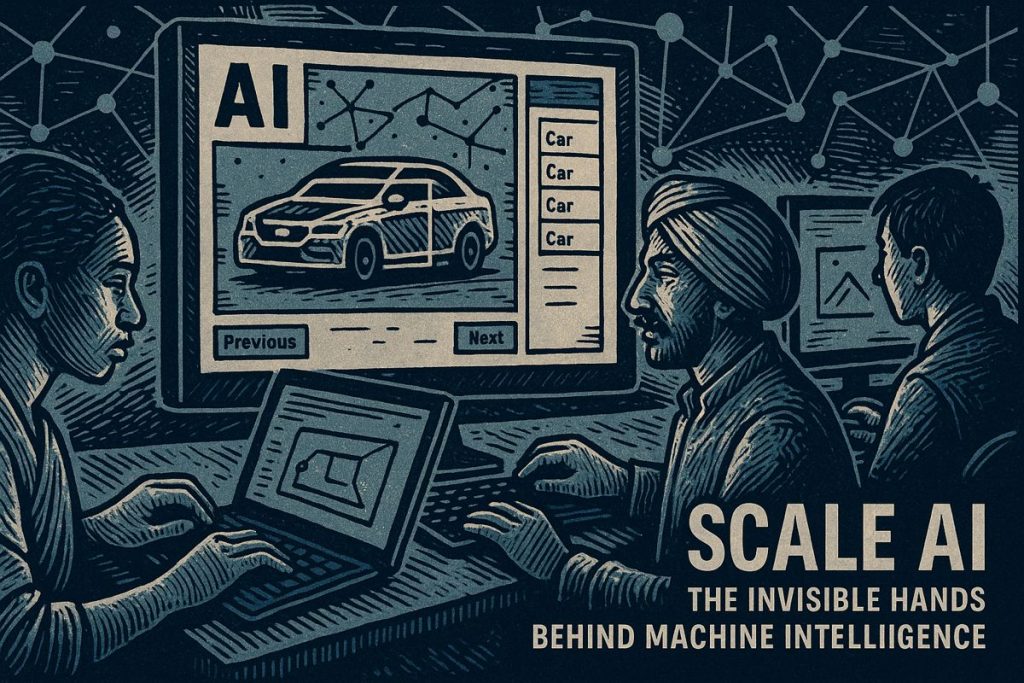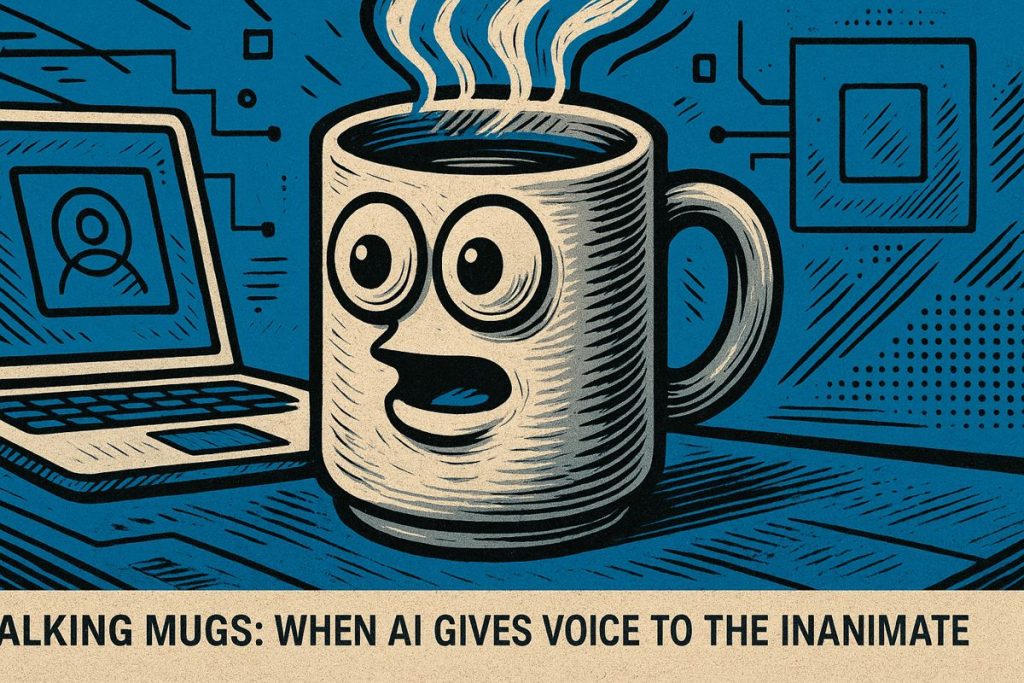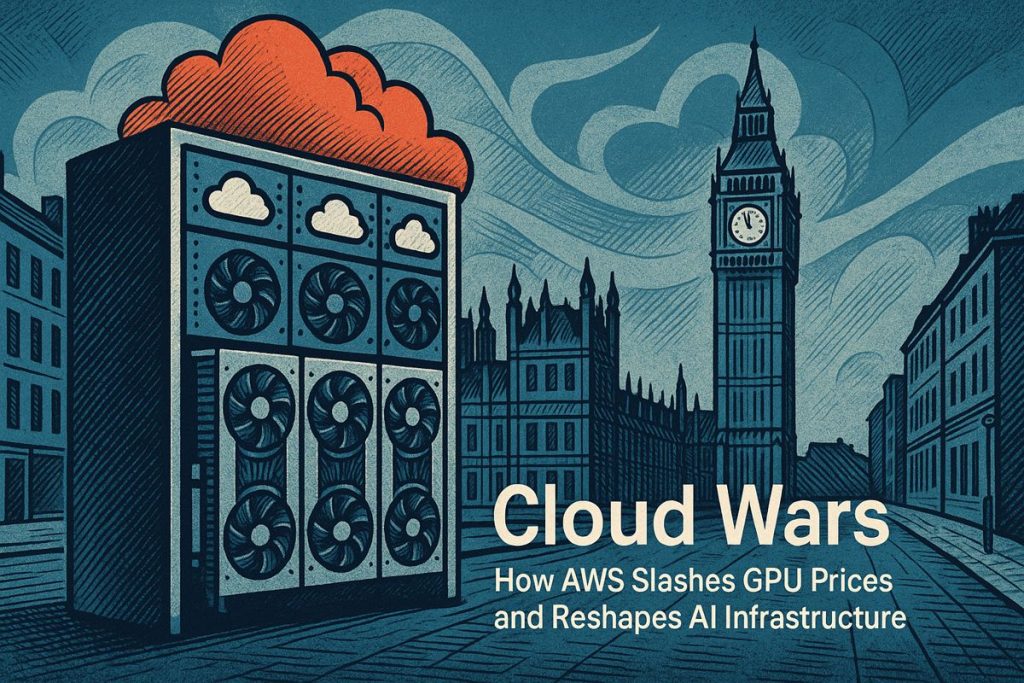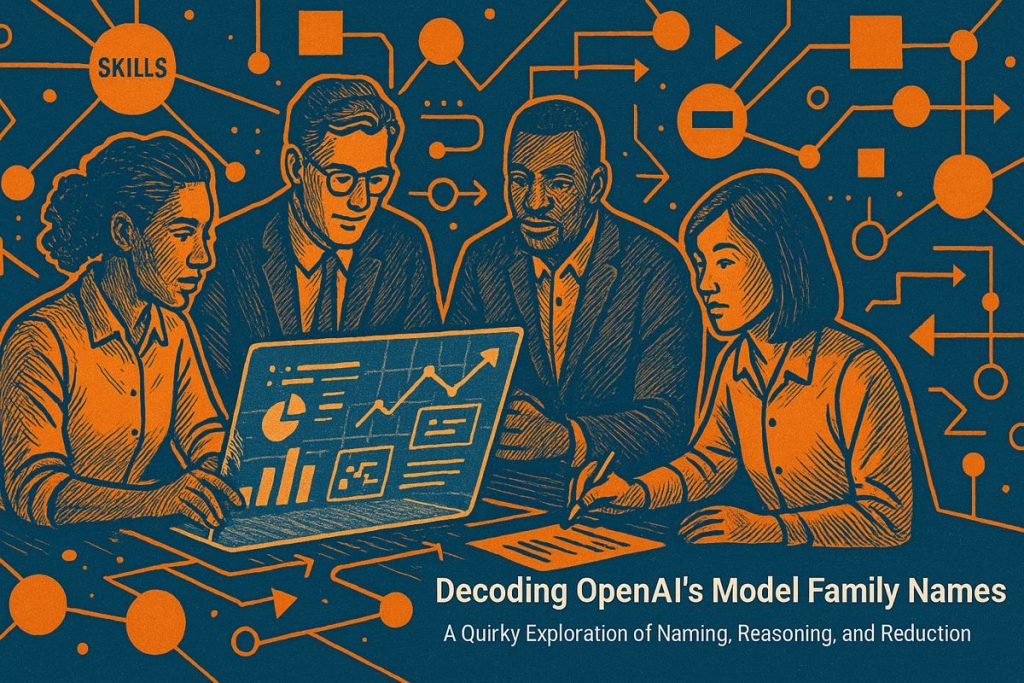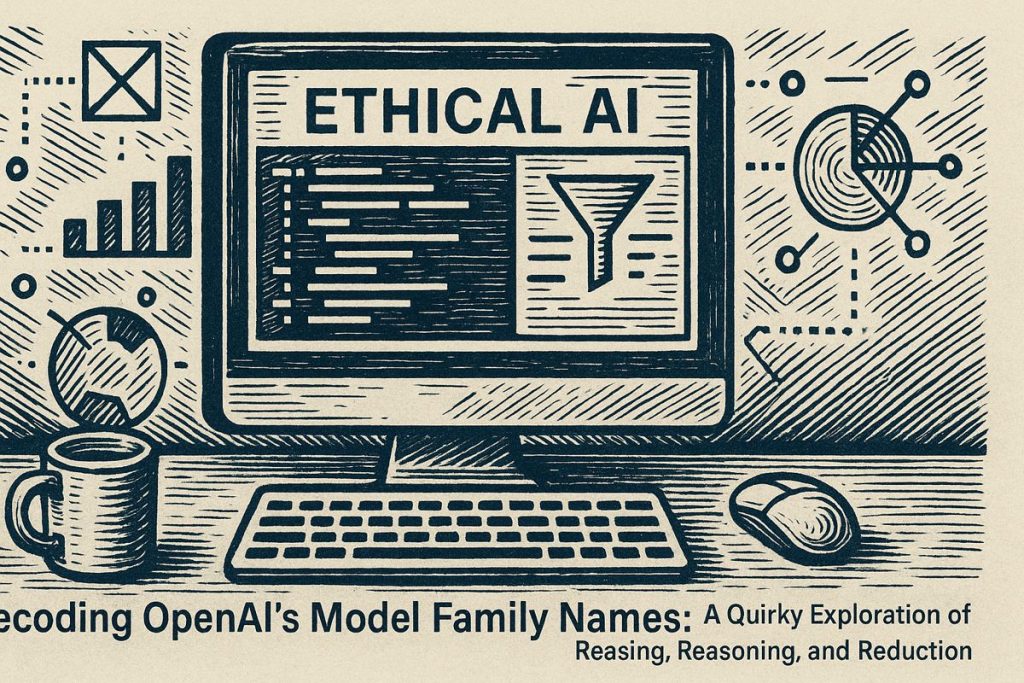Together Compute’s Open-Source AI Agent: The New Data Science Sidekick
Here’s the text with the most important phrase in bold markdown: Together Compute has created an opensource AI agent that can autonomously handle entire data science workflows, from data ingestion to model training. This powerful tool generates runnable Python code and mimics human reasoning, allowing developers worldwide to streamline complex data tasks. The agent can load datasets, clean data, train models, and create visualizations, transforming the traditional data science process. By automating routine tasks, it enables data scientists to focus on higherlevel strategy and interpretation. This breakthrough represents a significant shift in how data science work is approached, offering a collaborative approach between human expertise and artificial intelligence.
